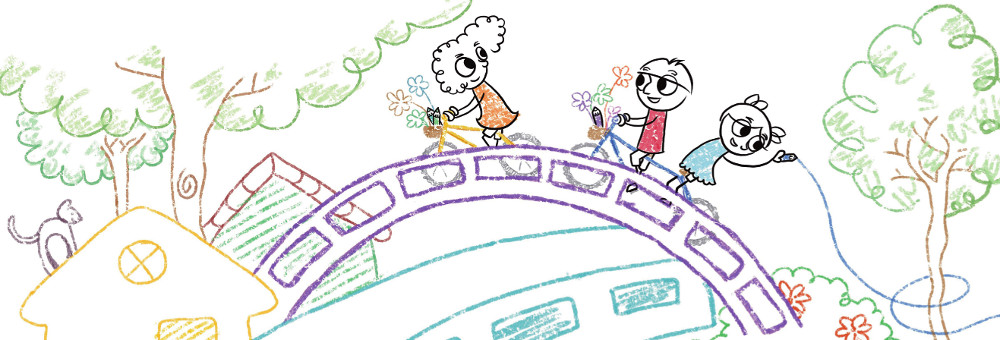Usability assessment with children is similar in many respects to user friendliness testing with adults. To get the most out from the sessions, and ensure the child is usually comfortable and happy, there are some differences you need to be aware of.
Stress of new people and surroundings
Children are far more likely than adults to find encountering new locations and people demanding. You should always remember this, and so try to find several ways as is feasible to relax the child. Some things you may do happen to be:
— Allow a large period of time – at least 10 minutes — to meet the kid. This is significant in adding them at ease before beginning the session. A lot of easy circumstances to talk about could possibly be computer games, cartoons, sports or school. Looking to make every one of the equipment utilized during the appointment match what the child uses at home/school (phone up their parents/teachers beforehand to check). – Try to be as soothing and reassuring as possible. It’s especially important for making it apparent to the child that you want their very own views on the site and that you aren’t testing these people. – Arrange for the fact that younger children might prefer their particular parents to remain in the tests room with them. Ensure that parents be aware that they should avoid the child’s line-of-sight and not support or distract them.
Asking for support
Youngsters are far more accustomed to asking for – and receiving – help than adults, so it’s very important to get the moderator to:
– Obviously explain at the start of the test that you want the child to work with the site on their own – Help to make a endured effort to deflect such questioning through the session alone
Specific manners of disperse questions can include:
— Answering something with a concern (e. g. What do you believe you should do now? ) – Re-stating you want the child to use the site independent – Asking the child to obtain one last g’ ahead of you will leave your site and go to something else
Children get tired, weary and disappointed more easily
Children (especially of newer ages) are less inclined – and/or ready – to use themselves into a single task for a long term period. Some ways to job around this will be:
– Limiting sessions to 1 hour or a lesser amount of. – Currently taking short fails during times if the child becomes weldminker.eu tired or irritable. – Making sure sessions cover the designed tasks/scenarios in a different buy – this will likely make sure that similar scenarios are certainly not always analyzed by tired children, who are less likely to succeed/persevere. — Asking the kid for support so as to provide these motivation (e. g. requesting ‘Could you please find out for me tips on how to… ‘, or perhaps by actually pretending to not be able find/do something to the site). — Keeping up a steady stream of encouragement and positive reviews (“You’re undertaking really well and telling us lots of beneficial things – it will actually help make this website better. Keep it up! “).
The importance of non-verbal cues
Children can’t regularly be relied upon to verbally state their thoughts/feelings, either due to their:
— Not being articulate enough — Being shy – Unwilling to say the wrong thing and displease a – Declaring things they don’t imagine just to please the adult
This makes it particularly important that the usability expert be sensitive to children’s nonverbal cues, including:
– Sighs – Smiles — Frowns – Yawns – Fidgeting – Laughing — Swaying – Body angle and posture
Physical differences
A couple of incredibly obvious – but without difficulty forgotten – differences which in turn need to be taken into account are:
– Couch and desk settings – Make sure you have got a chair/table setting that enables the child to comfortably take advantage of the equipment through the session. – Microphone position – Children tend to have noise-free voices than adults, so microphones need to be placed a bit nearer to the participant than normal.
Levels of literacy and understanding
It is advisable to ensure that a session’s player has an accurate understanding of the scenario being presented to them. Some ways to accomplish this include:
– Asking participants to re-phrase scenarios/goals in their have words. — Asking participants to replicate a situation (i. vitamin e. what they are planning to achieve) in case the task went on for quite a while and you believe they may possess forgotten that.
